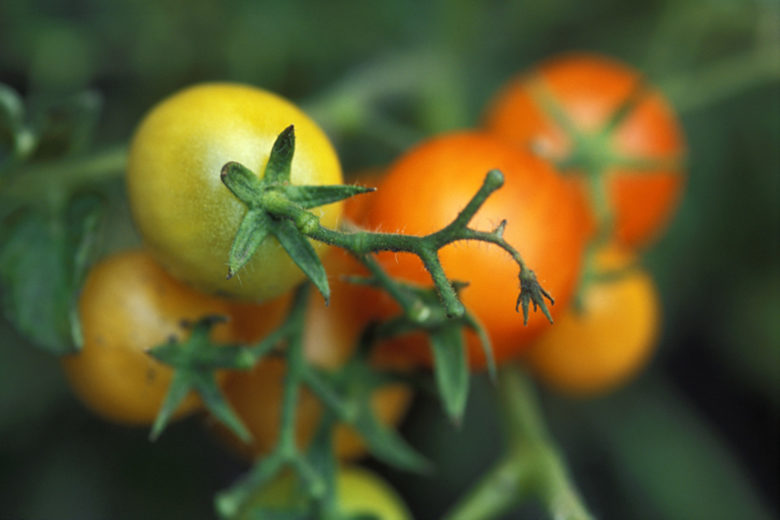
While spring rekindles the urge to shop local farmers markets for the most colorful fresh fruits and vegetables, why not consider planting your very own kitchen garden?
A kitchen garden is simply an area where you plant your own vegetables, fruits and herbs to use in your kitchen. Whether in containers or dug right into your backyard, there's just something about being able to pick fresh cherry tomatoes or sprigs of your favorite herbs, and then combine them into a fresh meal for your family. While gardening may seem like an overwhelming process, it really can be quite fun and fulfilling.
Before you plant your first seed, consider these four tips:
Start Small
Think about the space that works best for you. Space can mean all sorts of things – containers sitting on a porch step, a backyard big enough to dig into, a few raised garden beds, or even landscaping around the house. Just note that a good gardening space receives at least six hours of sunlight per day and has a convenient water source, too.
Know and Grow What You Like
During your next family meal, discuss the idea of growing a kitchen garden. When the whole family is involved in the planning process, the whole family will be more committed to the tasks of planting, weeding and harvesting. Grab a notebook to jot down ideas as you converse and ask everyone to share a favorite vegetable. Start with planting your family's favorites.
But maybe your kids don't have a favorite vegetable…yet! When I taught gardening classes, I always had a bunch of kids tell me they didn't like tomatoes, but they did like ketchup and pizza. They were surprised to know those foods start with a tomato. You might try doing the same thing with some of your family's favorite foods.
Set Gardening Goals
Are you aiming for a learning experience, or do you want to grow enough tomatoes to preserve by the end of the gardening season? Are you able to fit in a 15-minute garden walk each day, where family members can pull a few weeds, water a few plants and eventually harvest those fresh vegetables, herbs and fruits? Or, are you looking for less commitment? Having your goals in mind will allow you to focus your time and energy on what you truly hope to harvest.
Dig the Dirt
Finally, remember that good soil grows good food. Last year we planted sweet corn in our garden. As it grew, the leaves turned yellow and produced ears of corn that were only half-developed with kernels. Why? Poor soil. Before growing anything in the ground, purchase an inexpensive soil analysis kit from your local garden nursery or hardware store to identify the health of your soil. You can even work with your local agricultural extension office to learn more about the quality of your area's soil. The good news is that even if you have poor soil, it's an easy problem to fix.
Now, it's time to get growing!






